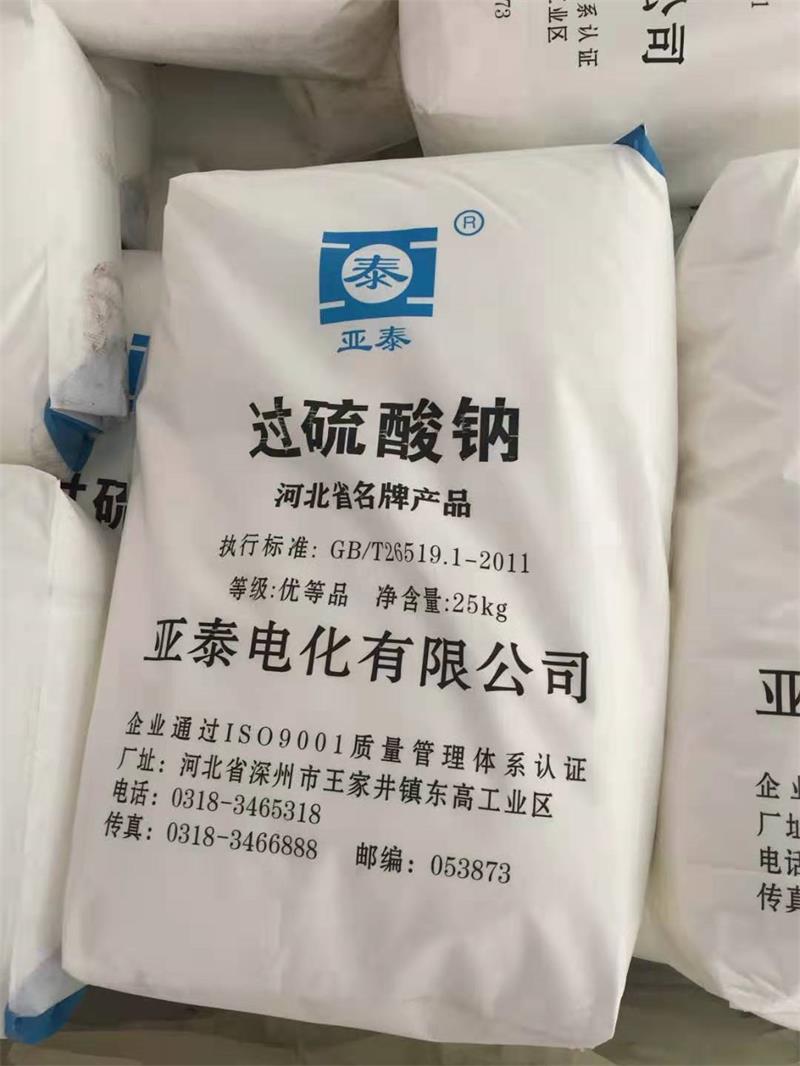目前 ,聚羧酸盐减水剂的合成方法主要有大单体共聚法、聚合后功能化法以及原位聚合与接枝法 3 种,而聚羧酸盐减水剂合成中所需的不饱和羧酸类单体主要有马来酸、马来酸酐、丙烯酸及甲基丙烯酸等,其中马来酸酐是近两年来聚羧酸盐减水剂合成研究中使用较多的一种。本文将对马来酸酐在聚羧酸盐减水剂合成中的作用和应用情况进行分析、论述 ,并对马来酸酐在合成中的应用提出建议。
At present, the synthesis methods of polycarboxylate superplasticizer mainly include macromonomer copolymerization, functionalization after polymerization and in-situ polymerization and grafting. The unsaturated carboxylic monomers needed in the synthesis of polycarboxylate superplasticizer mainly include maleic acid, maleic anhydride, acrylic acid and methacrylic acid, Maleic anhydride is one of the most widely used polycarboxylate superplasticizer in recent two years. This paper will analyze and discuss the function and application of maleic anhydride in the synthesis of polycarboxylate superplasticizer, and put forward suggestions on the application of maleic anhydride in the synthesis.
1 马来酸酐与(甲基) 丙烯酸在聚羧酸盐减水剂合成中的差别
The difference between maleic anhydride and (meth) acrylic acid in the synthesis of polycarboxylate superplasticizer
由于马来酸酐与( 甲基) 丙烯酸分子结构及化学活性的不同,导致它们在合成聚羧酸盐减水剂的过程中有很多差别,主要体现在以下 3 方面。
Due to the difference of molecular structure and chemical activity between maleic anhydride and (meth) acrylic acid, there are many differences in the synthesis of polycarboxylate superplasticizer, which are mainly reflected in the following three aspects.
(1) (甲基) 丙烯酸极易发生均聚,马来酸酐则不易。(甲基) 丙烯酸在进行酯化的过程中,为了防止暴聚必须加入一定量的阻聚剂; 而马来酸酐在进行酯化的过程中则无需考虑。由于各自活性的不同 ,当用( 甲基) 丙烯酸进行共聚时, 一般不宜一次性投料,因为一次性投料后容易生成大量均聚物,甚发生暴聚,不利于反应进行;而当用马来酸酐进行共聚时,其投料方式则可以任意选择。
(1) (meth) acrylic acid is easy to homopolymerize, but maleic anhydride is not. In the esterification process of (meth) acrylic acid, a certain amount of inhibitor must be added in order to prevent the burst polymerization, while maleic anhydride does not need to be considered in the esterification process. Due to their different activities, when (meth) acrylic acid is used for copolymerization, it is generally not suitable for one-time feeding, because a large number of homopolymers are easily generated after one-time feeding, and even burst polymerization occurs, which is not conducive to the reaction; when maleic anhydride is used for copolymerization, the feeding mode can be arbitrarily selected.
(2) (甲氧基) 聚乙二醇与(甲基) 丙烯酸反应生成单酯时有水生成,与马来酸酐反应生成单酯时则无水生成。由于酯化反应属于可逆反应,要想提高酯化产率就必须使其中一种反应物过量或者除去副产物。由于(甲基) 丙烯酸与甲氧基聚乙二醇及聚乙二醇反应生成单酯时有水生成,要想得到较高的酯化率,除了要调整酸醇比使其中一种反应物过量,还要设法在反应中不断地排除副产物水;而马来酸酐的酯化则只需调整酸醇比,就可以使酯化工艺得到简化。
(2) When (methoxy) polyethylene glycol reacts with (meth) acrylic acid to form monoester, there is water, when it reacts with maleic anhydride to form monoester, there is no water. Because esterification is a reversible reaction, in order to improve the yield of esterification, one of the reactants must be excessive or the by-products must be removed. Due to the formation of water when (meth) acrylic acid reacts with methoxypolyethylene glycol and polyethylene glycol to form monoester, in order to obtain higher esterification rate, we need to adjust the acid alcohol ratio to make one of the reactants excessive, and try to constantly eliminate the by-product water in the reaction; while the esterification of Maleic anhydride only needs to adjust the acid alcohol ratio to simplify the esterification process.
(3) (甲基) 丙烯酸( 甲氧基) 聚乙二醇单酯活性高,而马来酸酐(甲氧基) 聚乙二醇单酯活性较低。(甲基) 丙烯酸本身活性就很高,酯化后除了形成酯键外,其他结构不变,因而其活性基本不受影响;而马来酸酐结构对称,酯化后形成的单酯属于顺式1,2-双取代,位阻效应大,活性较低。同(1)相比,由于马来酸酐(甲氧基)聚乙二醇单酯的活性低,共聚时其投料方式多种多样,可以单独一次性投料,可以与低活性的小单体一起一次性投料,可以与引发剂一起一次性投料,还可以与其他单体混合后连续滴加等。
(3) The activity of (methyl) acrylic acid (methoxy) polyethylene glycol monoester is higher than that of maleic anhydride (methoxy) polyethylene glycol monoester. The activity of (methyl) acrylic acid is very high, and its structure remains unchanged except ester bond after esterification, so its activity is basically unaffected; while the structure of maleic anhydride is symmetrical, and the monoester formed after esterification belongs to cis-1,2-disubstituted, with large steric hindrance effect and low activity. Compared with (1), due to the low activity of maleic anhydride (methoxy) polyethylene glycol monoester, there are various feeding methods during copolymerization, such as single feeding, one-time feeding together with low activity small monomer, one-time feeding together with initiator, continuous dropping after mixing with other monomers, etc.




